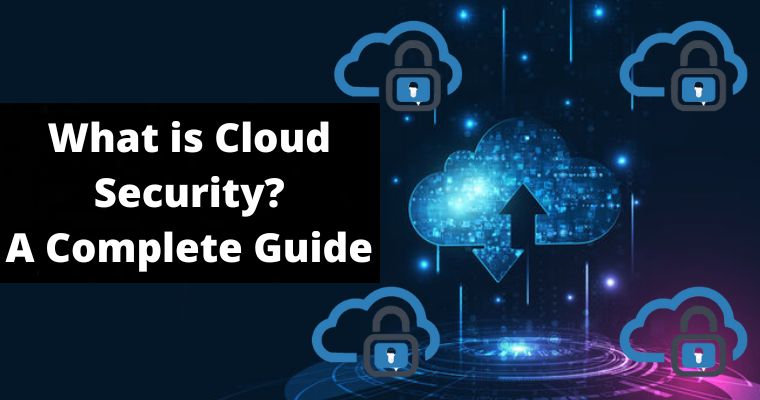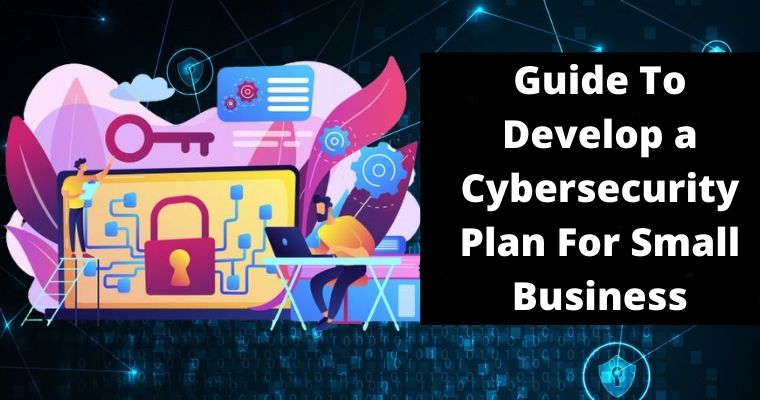When you think about cybersecurity, you might think about a computer that is in the office. What is not known is that the world of IT security and security breaches has evolved significantly in recent years.
We should not assume that cyber threats are limited to computers falling into the wrong hands.
In fact, they can appear on any machine, as hackers are constantly trying to take advantage of vulnerabilities they find while hacking other people’s machines or servers.
Cybersecurity is the most sensitive subject when it comes to digital technology. Hence, all companies will have to take care of it in their respective environments;
Whether that be by hiring a cybersecurity company or by hiring an experienced person on the line to help them.
Cybersecurity threats are the most prevalent and common forms of attacks and cyber threats that companies face on a daily basis.
Table of Contents
11 Types of Cybersecurity Threats
- Malware
- DNS Attack
- Denial of Service
- Emotet
- Advanced Persistent Threats (APT)
- Phishing
- Password Attacks
- SQL Injection
- Man in the Middle
- Zero-day Exploit
- Password Attacks
We are all in the midst of a digital transformation. Since the beginning of the digital revolution, we have largely been exposed to online threats.
But how much do we know about how cybersecurity threats affect us today and in the future?
In 2015, the threats facing digital companies were elevated. Many cybercriminals use social engineering to gain access to your company and sensitive data.
This kind of threat is no longer limited to a single company, as it has become the norm across all businesses.
This is why some companies will need a cybersecurity professional team, as these data hackers are one of the biggest threats to digital businesses today.
We should not assume that only large corporations will be at risk when dealing with these types of threats.
Smaller and medium-sized businesses also face these kinds of problems and should try to keep their systems protected by using cybersecurity professionals who focus on protecting the invisible side of the business: data security.
Everything that gets into our email, on devices and being transmitted by the internet gets sent to a server.
And there are some serious consequences if anything is compromised in our email. For example, just one malicious piece of software can lead to huge cybersecurity threats.
Sources of Cybersecurity Threats
Security threats are at the top of IT workers’ minds. Even though they have developed various defenses and techniques to deal with them, sometimes it is hard to avoid security issues from happening.
The IT world has always been a challenging one and due to that, IT organizations need to be more vigilant in securing the information they handle.
This article will help you understand threats and how they can affect your firm’s operations. All of this information will definitely make your job easier when you start implementing some of these techniques in your team.
General Threats to Watch Out For: Virus attacks Virtual machines (VM) Updating applications Multiple machines containing the same code or files Malicious traffic Sophisticated attackers that hide their activities until they are ready to strike at any time.
In this article, we will discuss three major threats that you should be aware of and how to detect them. Before they happen. The first threat is virus attacks, including worm attacks and malware.
The second threat is a security hole in your application that allows an attacker to compromise your organization. These threats are closely related to each other and can both happen at the same time:
What Are the Most Common Cyber Attacks?
We would like to know what are the most common cyber attacks. The top three problems that get exploited by cybercriminals, Incidents and Threats to our systems that most of us don’t even consider.
According to the United Nations, cyberattacks are the fastest-growing form of terrorism. Since malware and viruses have become omnipresent in our online environments, it is important that we understand what they are and how they operate.
The electronic world has been transformed in recent years by the development of sophisticated technology. The Internet is known for its wide range of applications, including e-commerce and marketing.
In addition to causing physical harm to individuals, it also poses a threat to valuable data and intellectual property such as confidential information stored on customer databases or databases belonging to multiple companies in various countries.
Cyber attacks can be perpetrated using both malicious software (malware) and more traditional computer breaches due to threats such as phishing schemes.
Cyber threats: The Cure!
Implementing effective cybersecurity systems is incredibly challenging today because there are more devices than humans, and attackers are becoming more innovative.
A successful cybersecurity approach has multiple security levels across a computer, network, program, or data that an individual wants to secure.
Selecting a unified threat management system can automate integrations across security products and expedite key security activities: detection, investigation, and remedy.
They expose new vulnerabilities, educate the public about the importance of cybersecurity and strengthen open-source tools.
Cyber-protection involves a combination of methods, technologies, and processes to protect the privacy, integrity, and accessibility of computer systems, networks, and data against cyber-attacks or unauthorized access.
Since organizational resources consist of multiple individual systems, an effective and efficient cybersecurity approach requires a concerted effort across all information systems.
The most difficult challenge in cybersecurity is that the ever-evolving nature of security puts them at risk. Due to this approach’s inadequacy, threats move and change more quickly than organizations continue to do.
As a result, consulting firms promote a more proactive and adaptive approach to cybersecurity.


